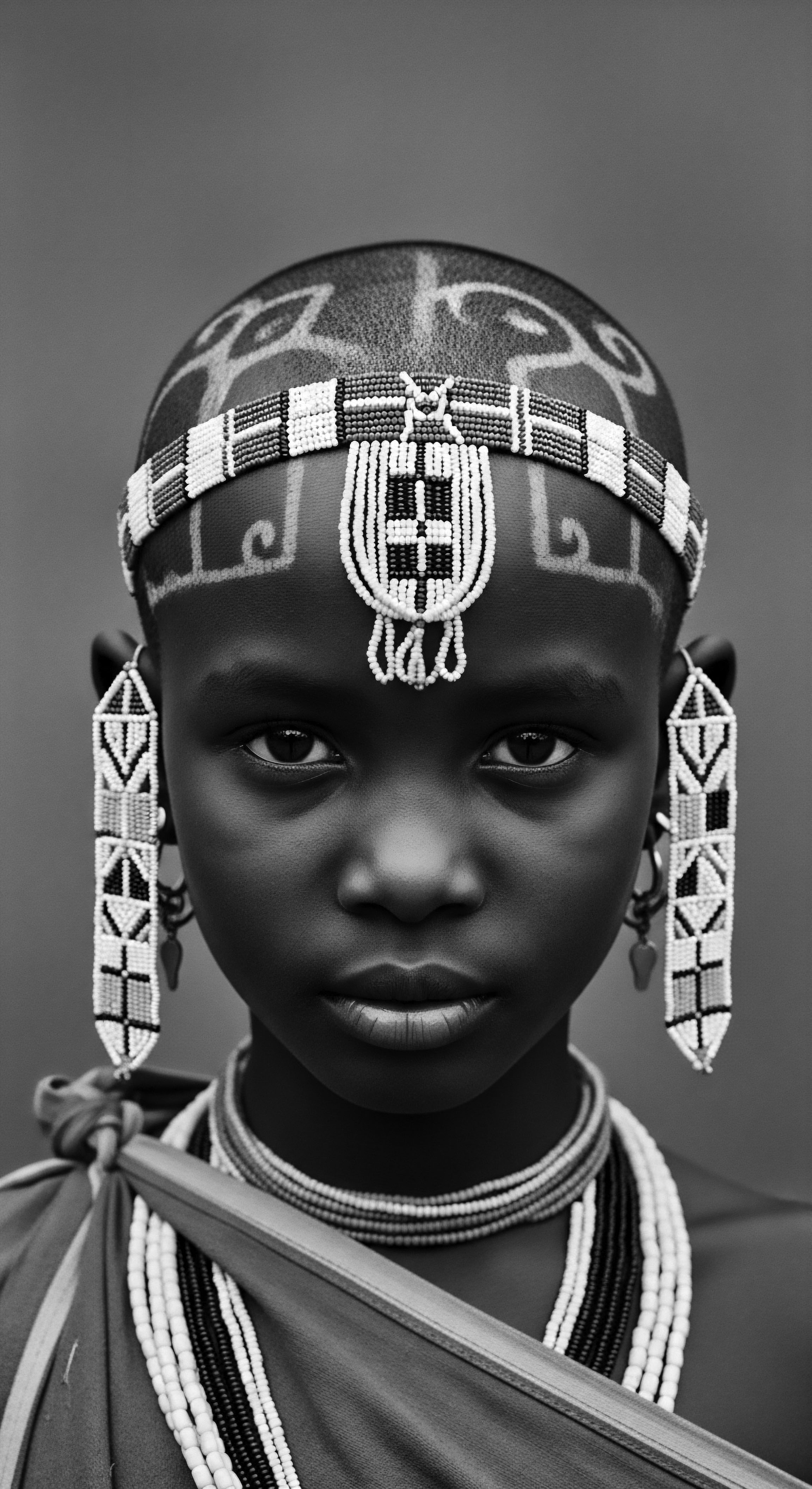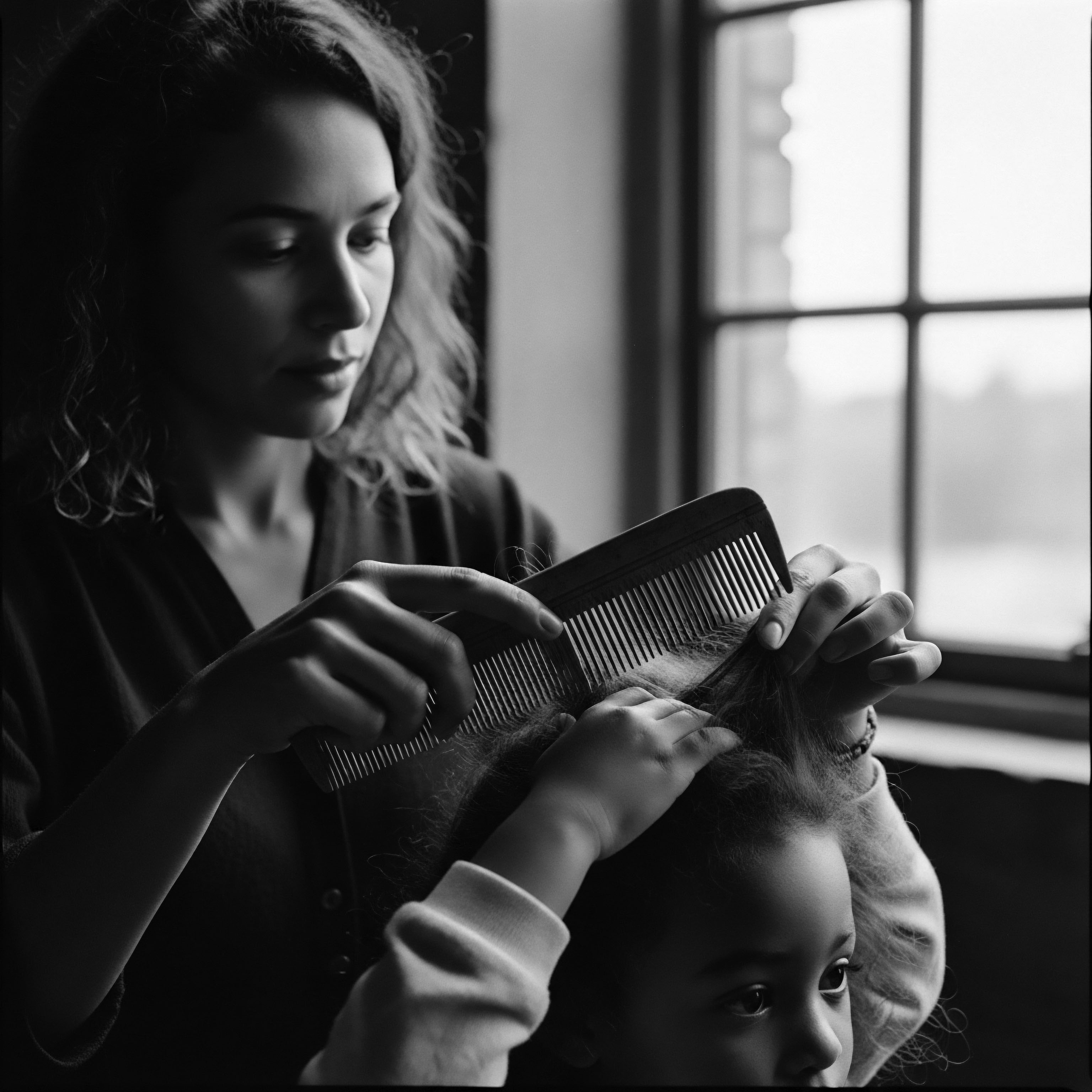
How does the preservation of traditional hair practices contribute to Black cultural resilience?
The preservation of traditional hair practices strengthens Black cultural resilience by connecting generations to their ancestral heritage, defying erasure, and affirming identity.
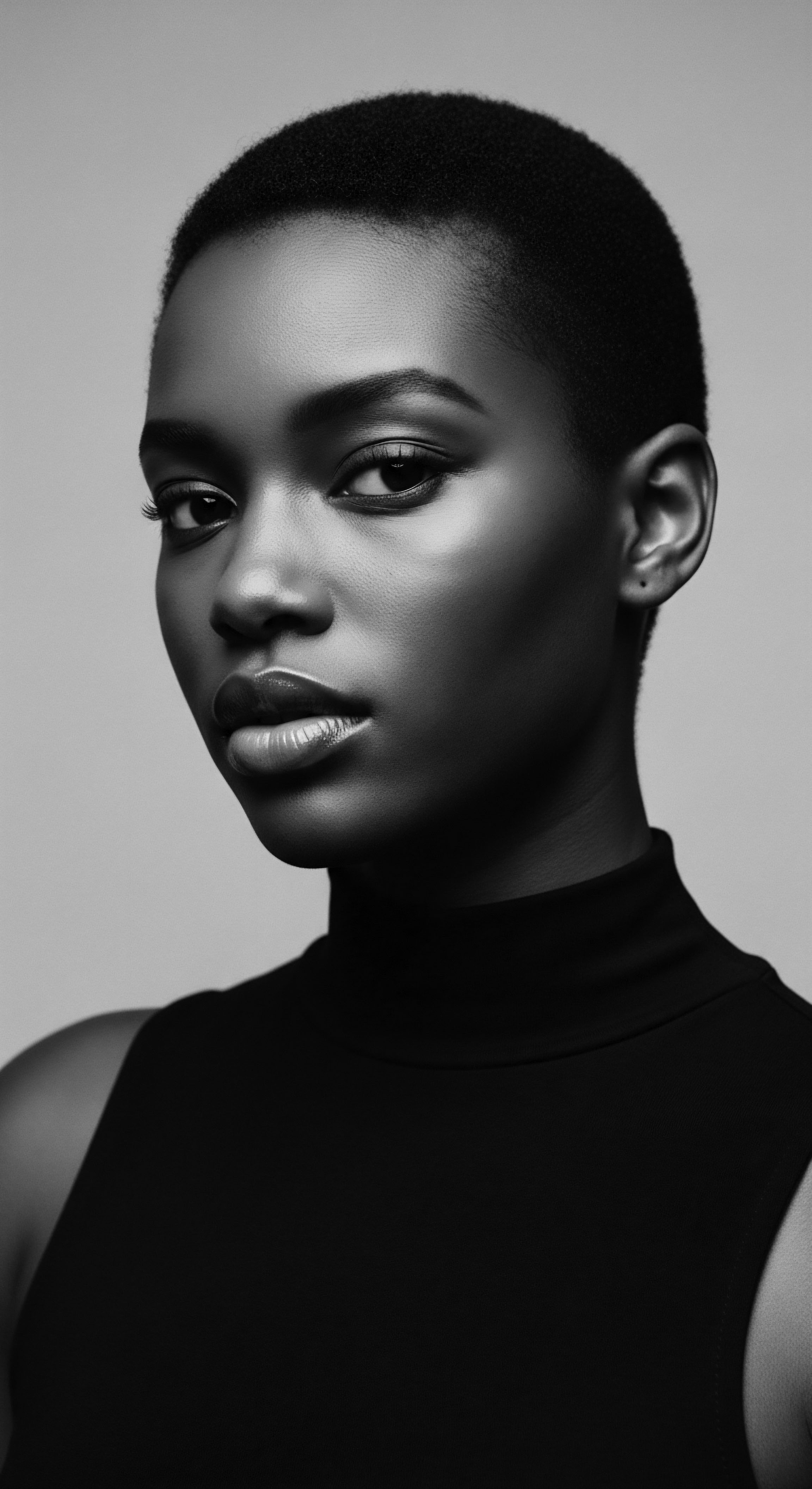
What historical factors influenced the use of natural ingredients in Black hair care?
Historical factors for Black hair care center on ancestral wisdom, resourceful adaptation during slavery, and cultural reclamation through natural ingredients.
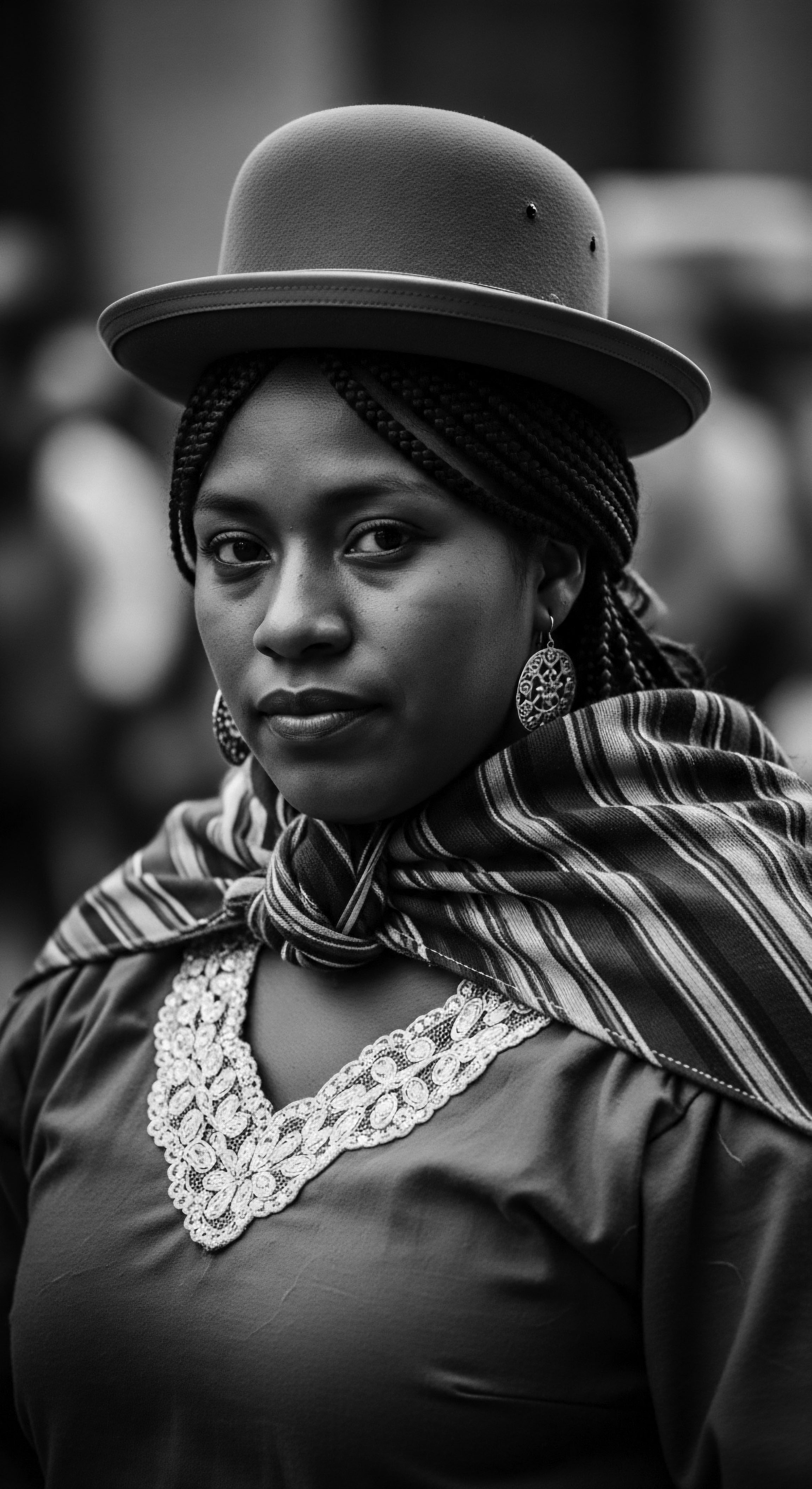
How do traditional oils connect to Black hair identity and resilience?
Traditional oils ground Black hair identity and resilience in ancestral practices of care and cultural preservation.
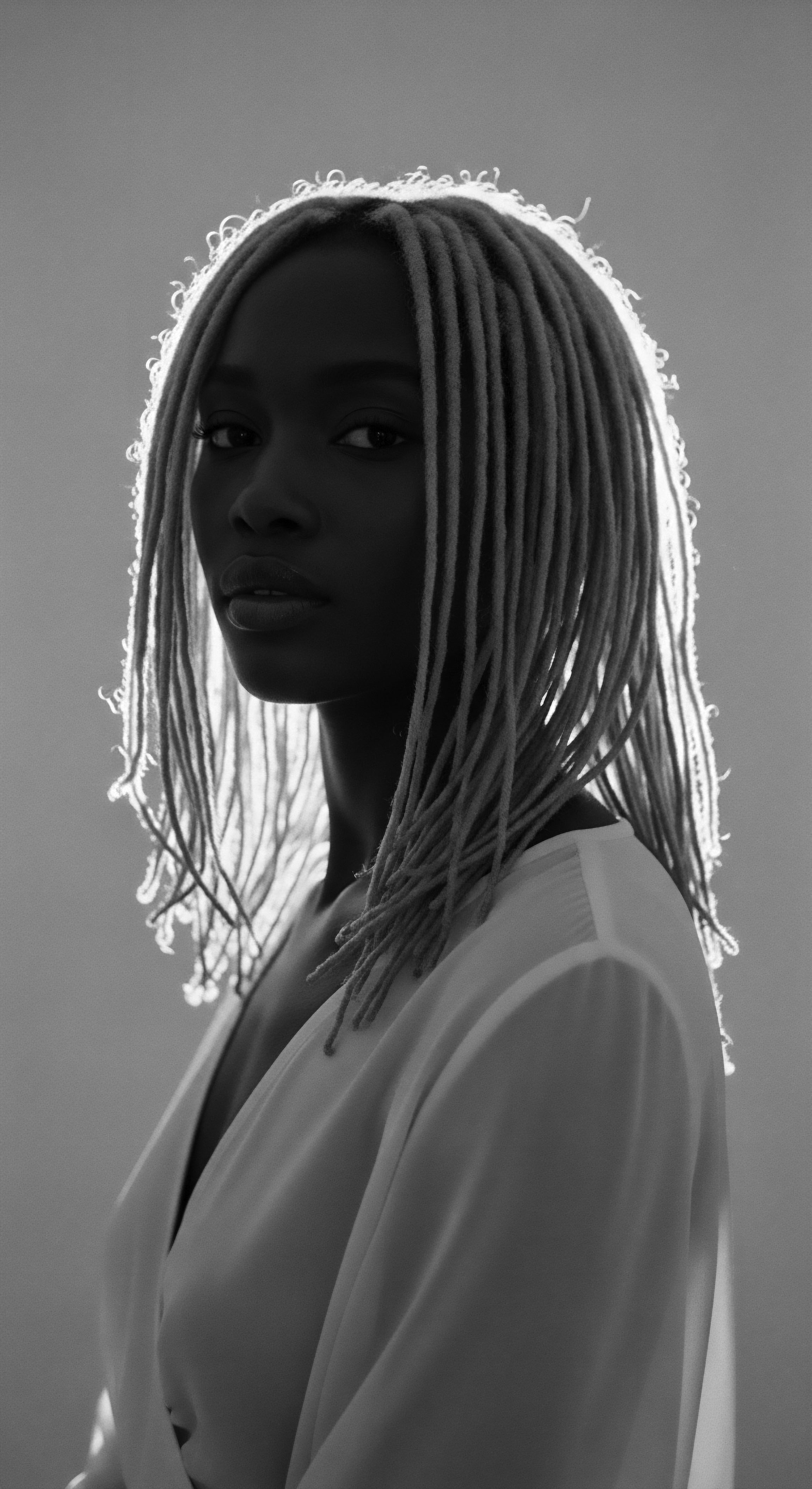
What is the role of hair in Black identity?
Hair in Black identity is a living archive, intricately linked to textured hair heritage as a symbol of cultural continuity, resilience, and profound self-definition.
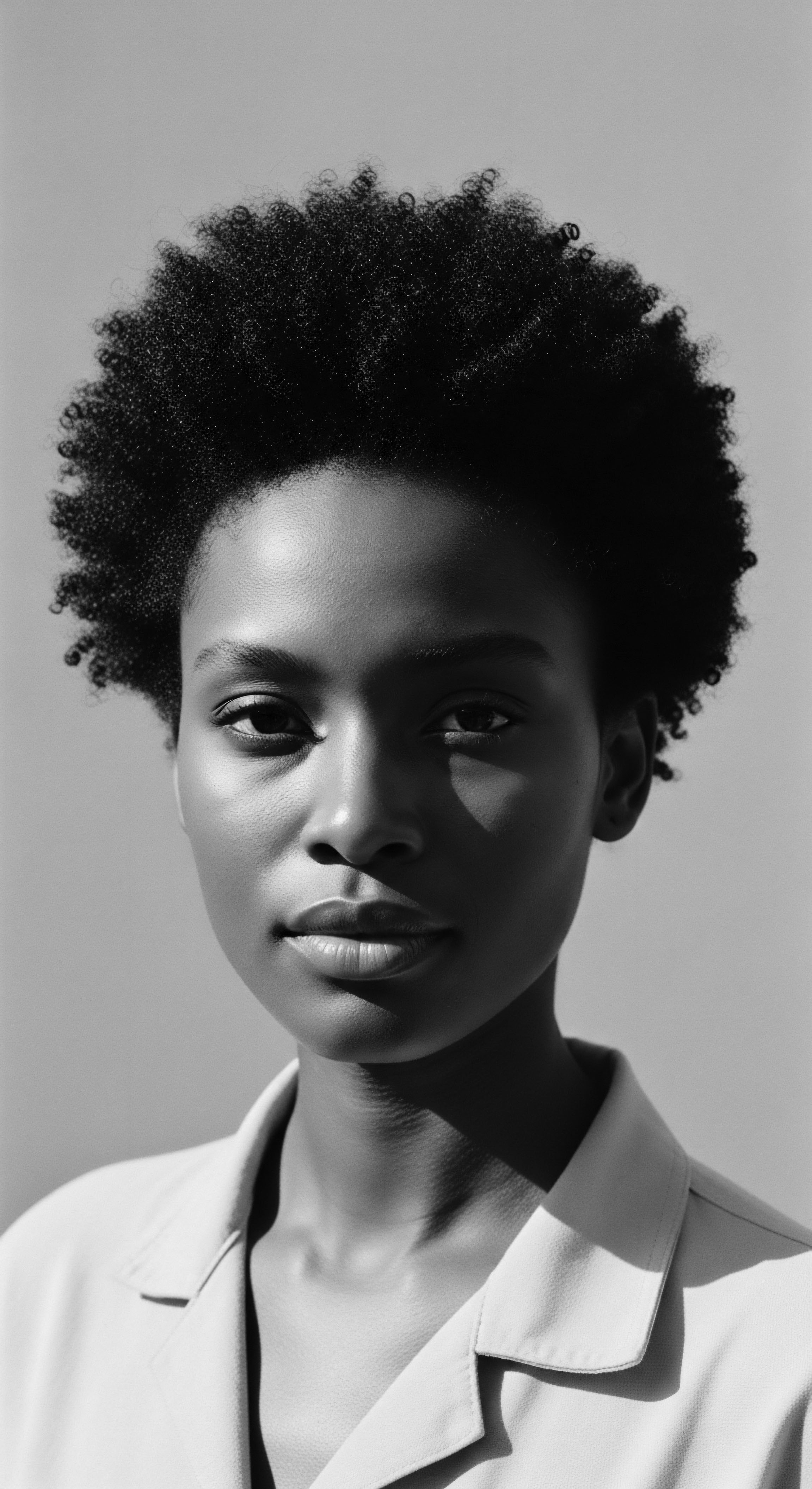
How did historical hair policies affect Black identity?
Historical hair policies sought to suppress Black identity by devaluing textured hair, but fueled resilience and cultural reclamation.
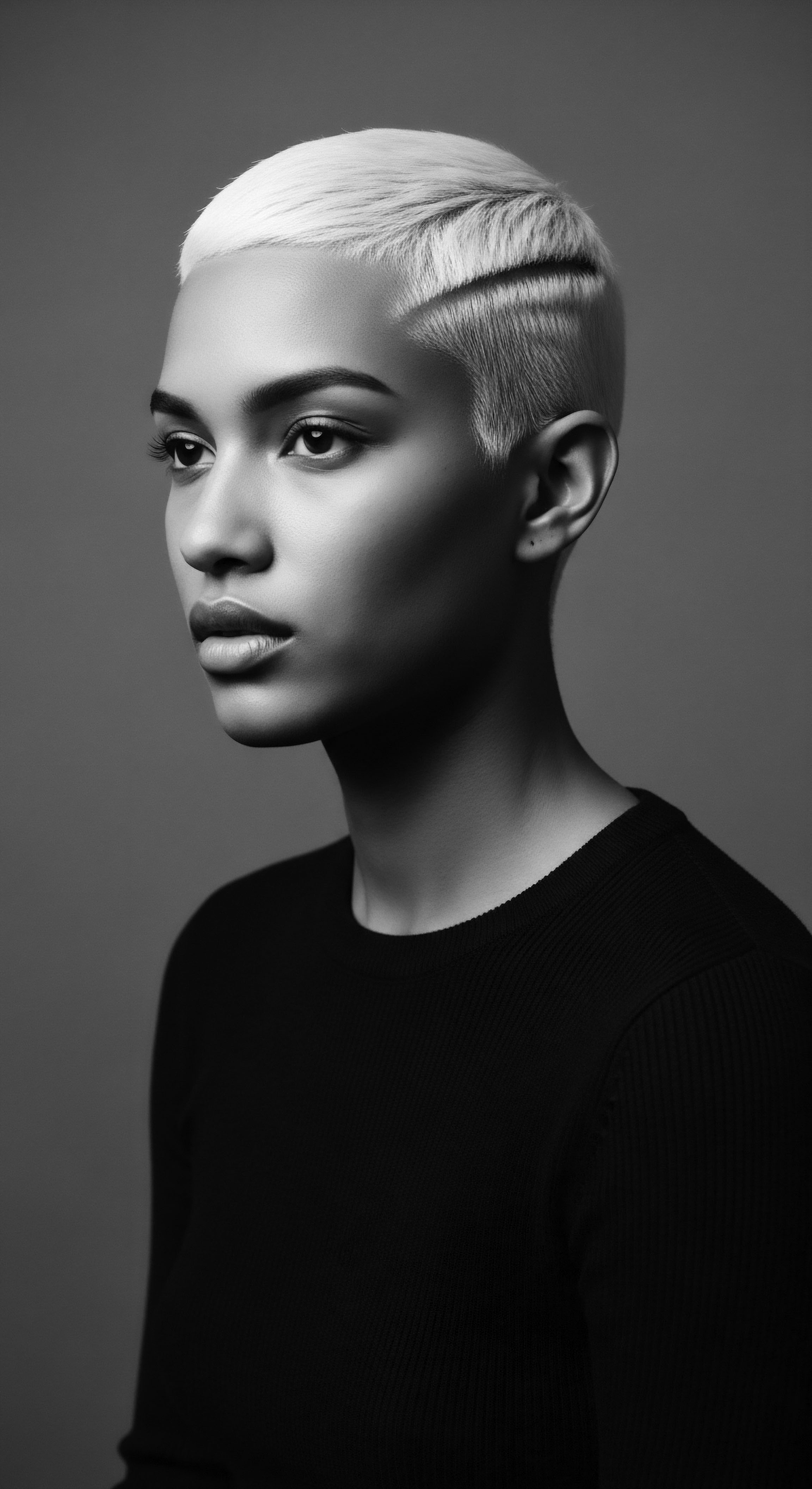
Can textured hair practices influence future community solidarity and identity?
Textured hair practices, deeply rooted in African and diaspora heritage, intrinsically shape community solidarity and individual identity by transmitting cultural knowledge and affirming shared experiences.

How did textured hair become a symbol of defiance and collective identity during challenging times?
Textured hair transformed into a symbol of defiance by embodying cultural heritage and collective identity, challenging oppressive norms.
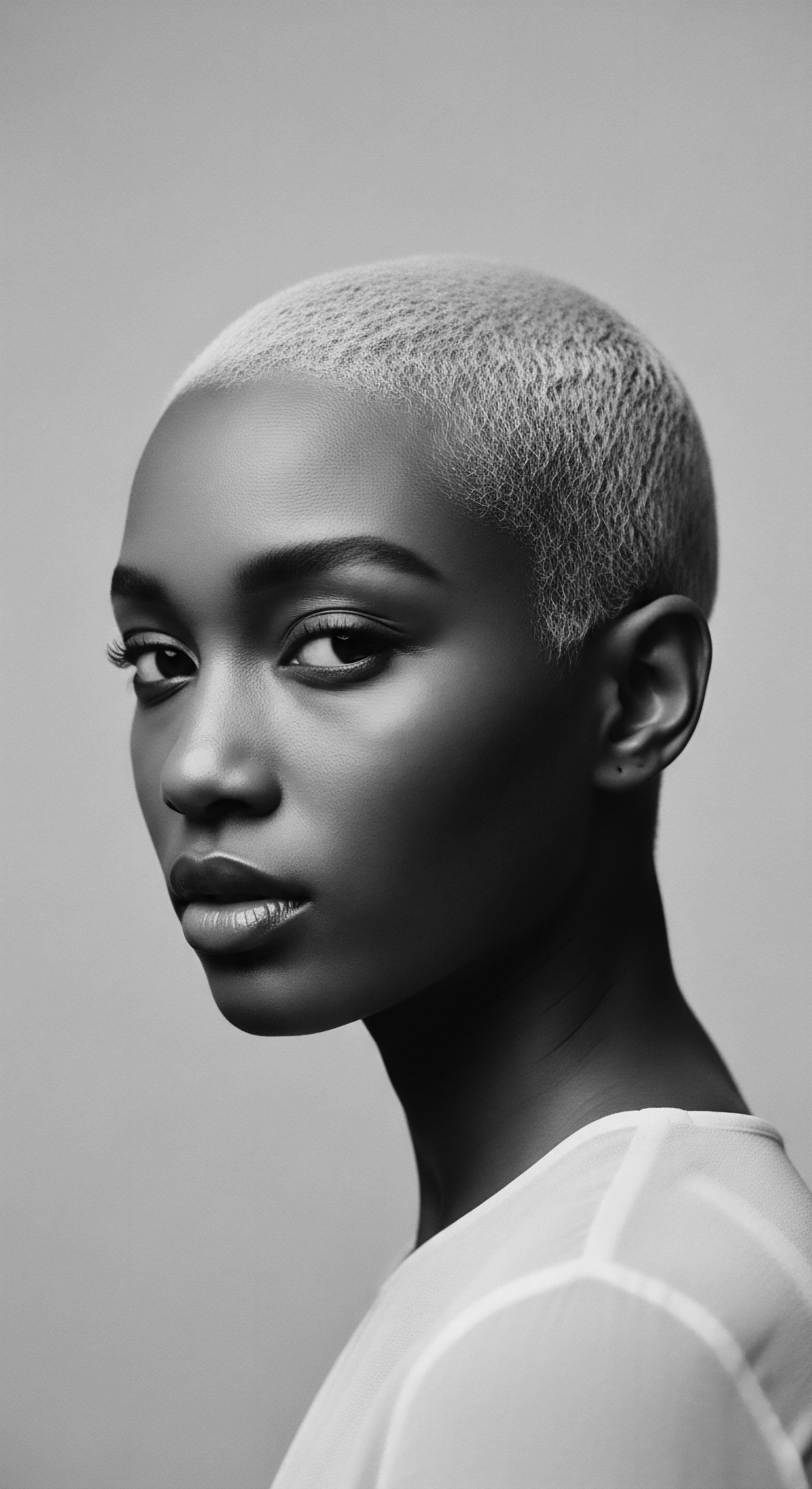
How did the Tignon Laws reshape hair covering heritage?
The Tignon Laws compelled head coverings, yet Black and mixed-race women transformed them into symbols of defiant beauty and cultural pride.
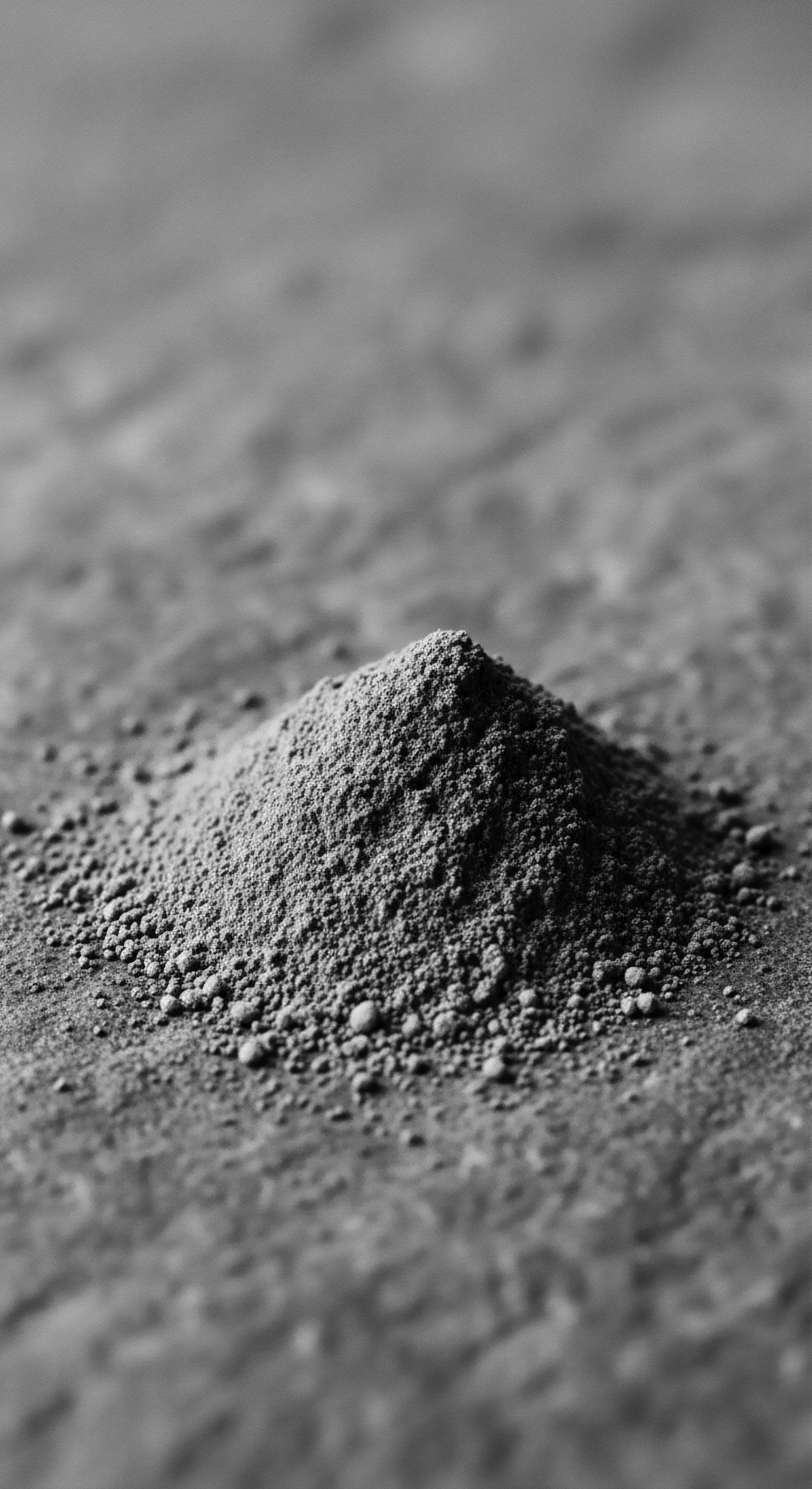
How did clay application strengthen heritage among communities?
Clay application rooted communities in their textured hair heritage by linking ancient earth wisdom with living cultural practices and identity.

